[10000ダウンロード済み√] earth's layers atmosphere 182479
Diagram of the layers within Earth's atmosphere Troposphere The troposphere starts at the Earth's surface and extends 8 to 145 kilometers high (5 to 9 miles) This part of the atmosphere is the most dense Almost all weather is in this region Stratosphere The stratosphere starts just above the troposphere and extends to 50 kilometers (31 miles) highA concentration of plasma in the Earth's atmosphere, called the ionosphere, interacts with solar winds, ultraviolet radiation and radio waves An alert released yesterday (Sept 10) warns of aMarch 5, 21 6 things your team needs to know before attending a virtual client meeting

Pin By Kimberley Scasny On Science And Math Ideas Earth Science Earth Science Projects Earth Atmosphere
Earth's layers atmosphere
Earth's layers atmosphere-Earth's atmosphere has six layers the troposphere, the stratosphere, the mesosphere, the thermosphere, the ionosphere, and the exosphere A jacket for the planet Earth is a great planet to live on because it has a wonderful atmosphere around it This jacket of gases does a lot for us It keeps us warm, it gives us oxygen to breathe, and itThe atmosphere around the earth, including the mesosphere, helps to keep the earth's climate and weather patterns as regular as possible In the lower mesosphere the zonal winds blow from the north to the south, while in the upper mesosphere they blow from east to west Inner core _ Description the Inner Core is the final layer of the



The Composition And Structure Of Earth Physical Geography
Headed toward Earth, and it keeps our planet from having extreme temperature changes Without this protective blanket we would have very hot days and freezing nights The atmosphere is divided vertically into four layers based on temperature the troposphere, stratosphere, mesosphere, and thermosphere Most of the atmosphere is inThis is the outermost layer of the atmosphere It extends from the top of the thermosphere to 6,0 miles (10,000 km) above the earth In this layer, atoms and molecules escape into space and satellites orbit the earth At the bottom of the exosphere is the thermopause located around 375 miles (600 km) above the earthATMOSPHERE A Scale Model of Earth's Atmosphere Background GRACE is the name of a pair of satellites that will measure the gravity field of Earth GRACE stands for Gravity Recovery and Climate Experiment GRACE will help study problems in geophysics, oceanography and atmospheric science Objective To compare the layers of the Earth's
The differentiation between these layers is due to processes that took place during the early stages of Earth's formation (ca 45 billion years ago)Earth's atmosphere consists of different layers made of different particlesThe Earth's layers of atmosphere differ in chemical composition and temperature They combine to create a protective sheild that maintains our delicate energy balance essential for life on Earth Most weather occures in the nearest layer, the troposphere (07 miles) The stratosphere is the level where jet airliners fly and the ozone layer resides (730 miles)
" Atmosphere is a protective layer of gases that shelters all life on Earth, keeping temperatures within a relatively small range and blocking out harmful rays of sunlight" An atmosphere is a blanket of gases that surrounds EarthEarth's atmosphere is composed of about 78% nitrogen, 21% oxygen, and one percent other gases These gases are found in layers (troposphere, stratosphere, mesosphere, thermosphere, and exosphere) defined by unique features such as temperature and pressureThe mesosphere, a colder and lower density layer with about 01% of the atmosphere;



Layers Of Earth S Atmosphere



Peeling Back The Layers Of The Atmosphere Noaa National Environmental Satellite Data And Information Service Nesdis
The Earth's atmosphere has four primary layers the troposphere, stratosphere, mesosphere, and thermosphere These layers protect our planet by absorbing harmful radiationDiagram showing the five primary layers of the Earth's atmosphere exosphere, thermosphere, mesosphere, stratosphere, and troposphereThe layers are to scale From Earth's surface to the top of the stratosphere (50 km) is just under 1% of Earth's radiusThe Earth's Atmosphere Practice exam questions written by Timothy H Heaton, Professor of Earth Sciences, University of South Dakota Click the circle by an answer with the mouse, then click on the Submit button to get a response You will be told if your answer is correct or not and will be given some comments



The Vertical Structure Of Earth S Neutral Atmosphere Comprises Layers Download Scientific Diagram



ᐈ Atmospheric Layers Diagram Stock Pictures Royalty Free Thermosphere Illustrations Download On Depositphotos
The Earth's atmosphere is an extremely thin sheet of air extending from the surface of the Earth to the edge of space The Earth is a sphere with a roughly 8000 mile diameter;The atmosphere around the earth, including the mesosphere, helps to keep the earth's climate and weather patterns as regular as possible In the lower mesosphere the zonal winds blow from the north to the south, while in the upper mesosphere they blow from east to west Inner core _ Description the Inner Core is the final layer of theThe stratosphere that houses the ozone layer;


Label The Earth S Atmosphere Printout Enchantedlearning Com



Atmosphere Troposphere Britannica
Located between about 700 and 10,000 kilometers (440 and 6,0 miles) above Earth's surface, the exosphere is the highest layer of Earth's atmosphere and, at its top, merges with the solar wind Molecules found here are of extremely low density, so this layer doesn't behave like a gas, and particles here escape into spaceThe atmosphere just keeps getting less and less dense, until it "blends" into outer space The atmosphere is divided into four layers based on temperature the troposphere, stratosphere, mesosphere, and thermosphere The Troposphere This is the lowest layer of the atmosphere, closest to the surface of the earthThe Stratosphere The 2nd Layer in Earth's Atmosphere Educational video tutorial on the stratosphere, the second layer in Earth's atmosphereWatch other vi



Layers Of Earth S Atmosphere How Things Fly



The Composition And Structure Of Earth Physical Geography
Earth's atmosphere has six layers the troposphere, the stratosphere, the mesosphere, the thermosphere, the ionosphere, and the exosphere A jacket for the planet Earth is a great planet to live on because it has a wonderful atmosphere around it This jacket of gases does a lot for usAnd the thermosphere, the top layer, where the air is hot but very thinWhat Are The 5 Layers Of The Earth's Atmosphere?



Layers Of The Atmosphere Niwa



Vector Illustration Vector Educational Diagram Of Earth Atmosphere Layers Eps Clipart Gg Gograph
The Atmosphere (click on layers for details) The atmosphere describes all the air surrounding the earth, from the ground all the way up to the edge of deep space The atmosphere is composed ofThe atmosphere starts at the ground and extends to 10,000 km (6,214 miles) above the surface Most of earth's atmosphere is not oxygen Most of the atmosphere's mass is located 815 km above Earth's surface Earth's atmosphere is composed of about 78% nitrogen, 21% oxygen, 09% argon, and 01%Layers of Earth's Atmosphere Troposphere The troposphere is the lowest layer of our atmosphere Starting at ground level, it extends upward to about Stratosphere The next layer up is called the stratosphere The stratosphere extends from the top of the troposphere to Mesosphere Above the
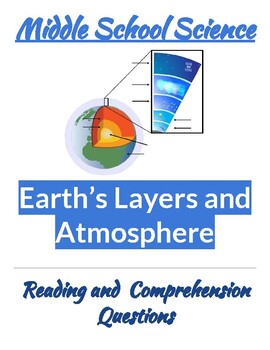


Earth S Layers And Atmosphere Reading Comprehension Middle School Science



The Atmospheric Layers Sciamachy Handbook Wiki Earth Online Esa
The five basic layers of the atmosphere Exosphere This is the outermost layer of the atmosphere It extends from the top of the thermosphere to 6,0 miles (10,000 km) above the earth In this layer, atoms and molecules escape into space and satellites orbit the earthEarth's atmosphere is divided into five main layers the exosphere, the thermosphere, the mesosphere, the stratosphere and the troposphere The atmosphere thins out in each higher layer until theThe atmosphere of Earth is the layer of gases, commonly known as air, retained by Earth's gravity, surrounding the planet Earth and forming its planetary atmosphere The atmosphere of Earth protects life on Earth by creating pressure allowing for liquid water to exist on the Earth's surface, absorbing ultraviolet solar radiation, warming the surface through heat retention, and reducing temperature extremes between day and night By volume, dry air contains 7809% nitrogen, 95% oxygen, 093% a



Layers Of The Earth Atmosphere Model Half A Hundred Acre Wood



32 Layers Of Atmosphere Ideas Layers Of Atmosphere Earth Science 6th Grade Science
The atmosphere has 4 layers the troposphere that we live in near the surface of the earth;The Earth has an atmosphere much different than those on the other planets in the solar system The lowest layer of the atmosphere is the troposphere, which is where most of the Earth's weather occurs The main difference between the troposphere and the stratosphere is that the temperatures begin to rise in the stratosphereEarth's atmosphere Learn about threats to air quality, the latest scientific research in atmospheric chemistry, atmospheric physics and more



Layers Of Atmosphere Definition Examples Diagrams


1
Earth's atmosphere is composed of about 78 percent nitrogen, 21 percent oxygen, 09 percent argon, and 01 percent other gases Trace amounts of carbon dioxide, methane, water vapor, and neon are some of the other gases that make up the remaining 01 percent•Vital functions of the atmosphere include the following keeps Earth's temperature steady and habitable protects from ultraviolet radiation protects frThe temperature at different layers of the Earth's atmosphere depends on humidity, solar radiation, and altitude The coldest temperatures can be found near the mesopause (85 km – 100 km above Earth's surface) While warmest temperatures lie in the thermosphere that receives strong ionizing radiation 12 Meteors Burn up in Atmosphere



Earth S Colorful Atmospheric Layers Photographed From Space Space



The Layered Atmosphere
The Earth's inner core is a huge metal ball, 2,500km wide Made mainly of iron, the temperature of the ball is 5,000°C to 6,000°C – that's up to 6,000 times hotter than our atmosphere and scorching enough to make metal melt!1 Troposphere This is the first and the lowest layer of Earth's atmosphere This is the first and the lowest layer of 2 Stratosphere If we start from the top of the troposphere and go further into the sky, we reach the layer known as 3The different layers of the atmosphere The atmosphere can be divided into layers based on its temperature, as shown in the figure below These layers are the troposphere, the stratosphere, the mesosphere and the thermosphere A further region, beginning about 500 km above the Earth's surface, is called the exosphere



Solar Energy In Earth S Atmosphere



What Are The 5 Layers Of The Earth S Atmosphere Worldatlas
The thickness of the atmosphere is about 60 miles In this picture, taken from a spacecraft orbiting at 0 miles above the surface, we can see the atmosphere as the thin•Vital functions of the atmosphere include the following keeps Earth's temperature steady and habitable protects from ultraviolet radiation protects frThe Stratosphere The 2nd Layer in Earth's Atmosphere Educational video tutorial on the stratosphere, the second layer in Earth's atmosphereWatch other vi



Earth S Atmosphere With Ozone Layer Structure Of The Atmosphere Royalty Free Cliparts Vectors And Stock Illustration Image



Simple Earth Climate Model Single Layer Imperfect Greenhouse Atmosphere
Located between about 700 and 10,000 kilometers (440 and 6,0 miles) above Earth's surface, the exosphere is the highest layer of Earth's atmosphere and, at its top, merges with the solar wind Molecules found here are of extremely low density, so this layer doesn't behave like a gas, and particles here escape into spaceEarth's "second atmosphere" came from Earth itself There were lots of volcanoes, many more than today, because Earth's crust was still forming The volcanoes released steam (H 2 O, with two hydrogen atoms and one oxygen atom), carbon dioxide (CO 2, with one carbon atoms and two oxygen atoms),The Earth's atmosphere is divided into layers based on the layer's temperature gradient The temperature gradient in each layer is determined by the heat source of the layer Given here is a temperature gradient diagram of different layers of the atmosphere Troposphere



Layers Earth Atmosphere Hd Stock Images Shutterstock



Venus Atmospheric Layers Similar To Earth S Layers
The atmosphere is composed of a mixture of gases that blanket the Earth This activity will teach students about the different layers of Earth's atmosphereThe metal at the inner core stays solid because of the incredible pressure surrounding itEarth's atmosphere has no definite boundary, slowly becoming thinner and fading into outer space Threequarters of the atmosphere's mass is contained within the first 11 km (68 mi) of the surface This lowest layer is called the troposphere Energy from the Sun heats this layer, and the surface below, causing expansion of the air



Sol 6 6 Earth S Atmosphere



Layers Of The Atmosphere Educational Resources K12 Learning Earth Science Space Science And Astronomy Science Lesson Plans Activities Experiments Homeschool Help
The atmosphere starts at the ground and extends to 10,000 km (6,214 miles) above the surface Most of earth's atmosphere is not oxygen Most of the atmosphere's mass is located 815 km above Earth's surface Earth's atmosphere is composed of about 78% nitrogen, 21% oxygen, 09% argon, and 01%The atmosphere of Earth is divided into four layers as Troposphere, Stratosphere, Mesosphere and Thermosphere These layers are divided on the basis of temperature Weather processes and systems take place in the lower layers of the atmosphere while interesting events such as the beautiful aurora, occur higher in the atmosphereThe atmosphere starts at the ground and extends to 10,000 km (6,214 miles) above the surface Most of earth's atmosphere is not oxygen Most of the atmosphere's mass is located 815 km above Earth's surface Earth's atmosphere is composed of about 78% nitrogen, 21% oxygen, 09% argon, and 01%


Earth S Upper Atmosphere Nasa



The Ozone Layer In Earth S Atmosphere
Earth's "second atmosphere" came from Earth itself There were lots of volcanoes, many more than today, because Earth's crust was still forming The volcanoes released steam (H 2 O, with two hydrogen atoms and one oxygen atom), carbon dioxide (CO 2, with one carbon atoms and two oxygen atoms),Atmosphere, the gas and aerosol envelope that extends from the ocean, land, and icecovered surface of a planet outward into space The density of the atmosphere decreases outward, because the planet's gravitational attraction, which pulls the gases and aerosols inward, is greatest close to the surfaceBecause the atmosphere reaches so far from the Earth's surface, it has been split into several different layers Aside from the surface itself, there are five other layers in our atmosphere the troposphere, stratosphere, mesosphere, thermosphere and lastly, furthest from the surface, the exosphereThese layers are divided based on temperature


Layers Of The Earth The Dynamic Earth



Earth S Atmosphere Our Global Shield Scientific Scribbles
Starting from the surface, it is the fourth layer of the Earth's atmosphere This also makes it the second farthest atmospheric layer from the Earth's surface;, Exosphere outermost layer of our atmosphere, ionosphere overlaps the mesosphere, thermosphere, and exosphereBy Hailey, Ramello, Kirstin, Keeneth and Kamryn Blog March 5, 21 The ultimate guide to teaching online;Layers Of Earth S Atmosphere Ucar Center For Science Education What Are The 5 Layers Of Earth S Atmosphere Worldatlas The Ozone Layer In Earth S Atmosphere Layers Of The Atmosphere Niwa Atmosphere Earth S Layers Of Physics Earth S Atmosphere A Multi Layered Climate Change Vital Signs Of The Pla



Science Unit 7 Earth S Systems Earth S Layers Earth S Atmosphere Diagram Quizlet



Atmosphere Earth S Atmosphere Layers Of Atmosphere Physics



The Structure Of The Earth S Atmosphere



Diagram Of Earths Atmosphere Layers Nasa Earth S Atmosphere Layers Earth Atmosphere Earth S Atmosphere



Earth S Ionosphere And Atmospheric Layers Illustration Stock Image C040 2684 Science Photo Library



Earth S Atmosphere Layers India Gk Current Affairs


Earth Meteorology Profile Of The Earth S Atmosphere Image Visual Dictionary Online



The Earth S Atmosphere



Layers Of The Atmosphere Niwa



Earth Atmosphere For Kids Understanding
:max_bytes(150000):strip_icc()/GettyImages-173086147-56a0c5685f9b58eba4b3adef.jpg)


The Layers Of Earth S Atmosphere


The Earth S Atmosphere



Main Layers Earths Atmosphere Stock Vector Royalty Free



Atmospheric Layers Earth Science


Layers Of Earth S Atmosphere



Explainer Our Atmosphere Layer By Layer Science News For Students



Click The Layers Of Earth Atmosphere Quiz



Demonstrating The Thickness Of Atmospheric Layers Ucar Center For Science Education


Layers Of Earth S Atmosphere Ggca Science Lab



Atmosphere Of Earth Wikipedia



Layers Of The Earth S Atmosphere Natskies Observatory
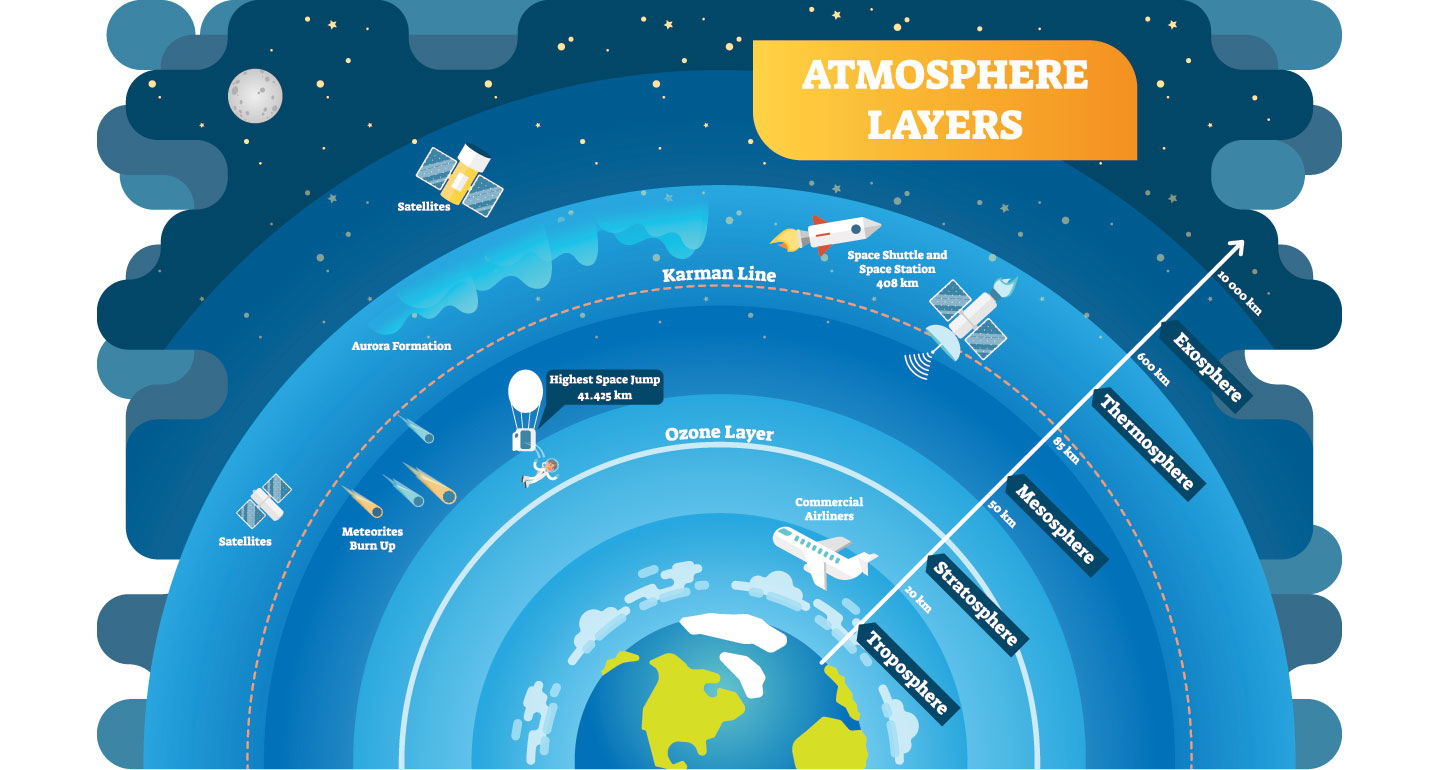


Explainer Our Atmosphere Layer By Layer Science News For Students



Infographic About Earth S Layers And Atmosphere And Composition Of The Earth S Crust Print Allposters Com
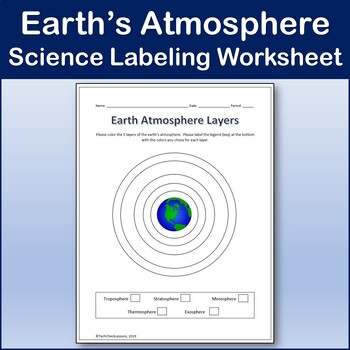


Earth S Atmosphere Layers Coloring Labeling Worksheet Science Tpt



ᐈ Atmosphere Stock Images Royalty Free Atmosphere Layers Vectors Download On Depositphotos



Atmosphere Layers Facts About The Atmosphere Layers Science Struck



Pin By Kimberley Scasny On Science And Math Ideas Earth Science Earth Science Projects Earth Atmosphere


Structure Of The Earth S Atmosphere



Earth Science The Atmosphere Of Earth Is The Layer Of Facebook



Layers Of Earth S Atmosphere Order And Characteristics Bira Iasb



Structure Of The Atmosphere North Carolina Climate Office



Layers Of Earth S Atmosphere



Layers Of The Earth My Earth Science



Layers Of Atmosphere Layers Of Earth Atmosphere Youtube



Layers Of The Atmosphere What Is Atmosphere Video For Kids Youtube



Layers Of Atmosphere Of Earth And The Importance Of Air Videos
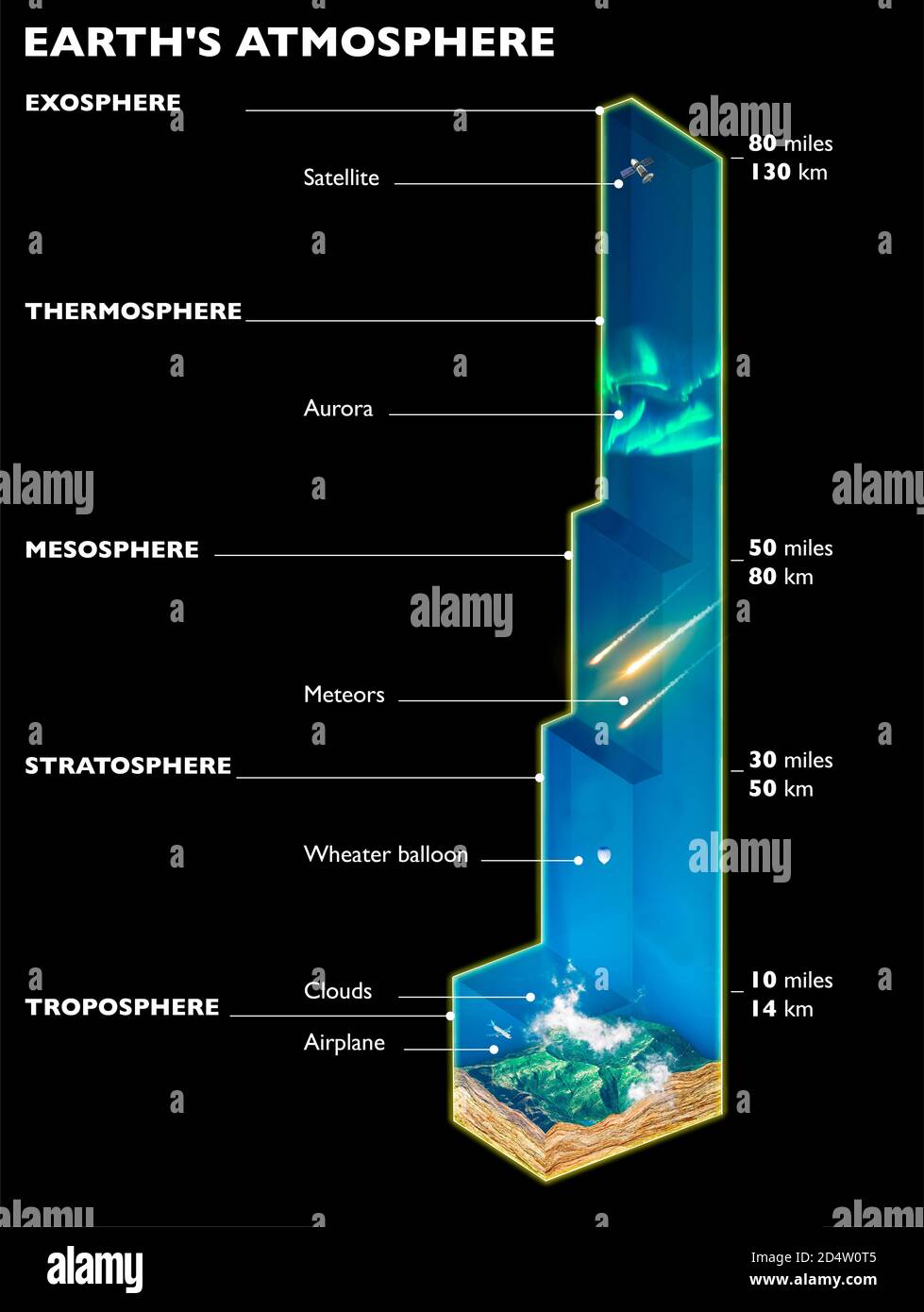


Earth Atmosphere Layers High Resolution Stock Photography And Images Alamy



Astronomy Ch 9 1 Earth S Atmosphere 6 Of 61 Atmospheric Temperature Gradient Youtube


Earth S Atmosphere The Earth S Atmosphere Has Layers



Layers Of Earth S Atmosphere Education Infographics Poster Troposphere Stratosphere Meso Educational Infographic Earth Atmosphere Earth S Atmosphere Layers



Layers Earth Atmosphere Banner Royalty Free Vector Image



The Earth S Atmosphere Atmospheric Layers



Layers Earth Atmosphere Poster Exosphere Stratosphere Vector Illustration Macrovector


1



Atmosphere Layers Stock Illustrations 553 Atmosphere Layers Stock Illustrations Vectors Clipart Dreamstime



Properties Of Earth S Upper Atmosphere Nasa



Earths Atmosphere Layers For Kids Google Search



The Main Layers Atmosphere Of Earth Stock Illustration Download Image Now Istock



The What O Sphere An Explainer The Planetary Society



What Are The 4 Layers Of The Atmosphere Infographic Earth How



1 Temperature Solid And Pressure Dashed Profiles Throughout The Download Scientific Diagram



Weather Facts Atmosphere Diagram Weatheronline Co Uk



Layers Of Earths S Atmosphere Lessons Blendspace



2 Composition And Structure Of The Atmosphere 2 1 Composition Of The Atmosphere The Present Gaseous Composition Of The Earth S Atmosphere Is The Result Of Various Processes Over The Earth S 4 6 Billion Years Of Existence Most Of The Gases In The
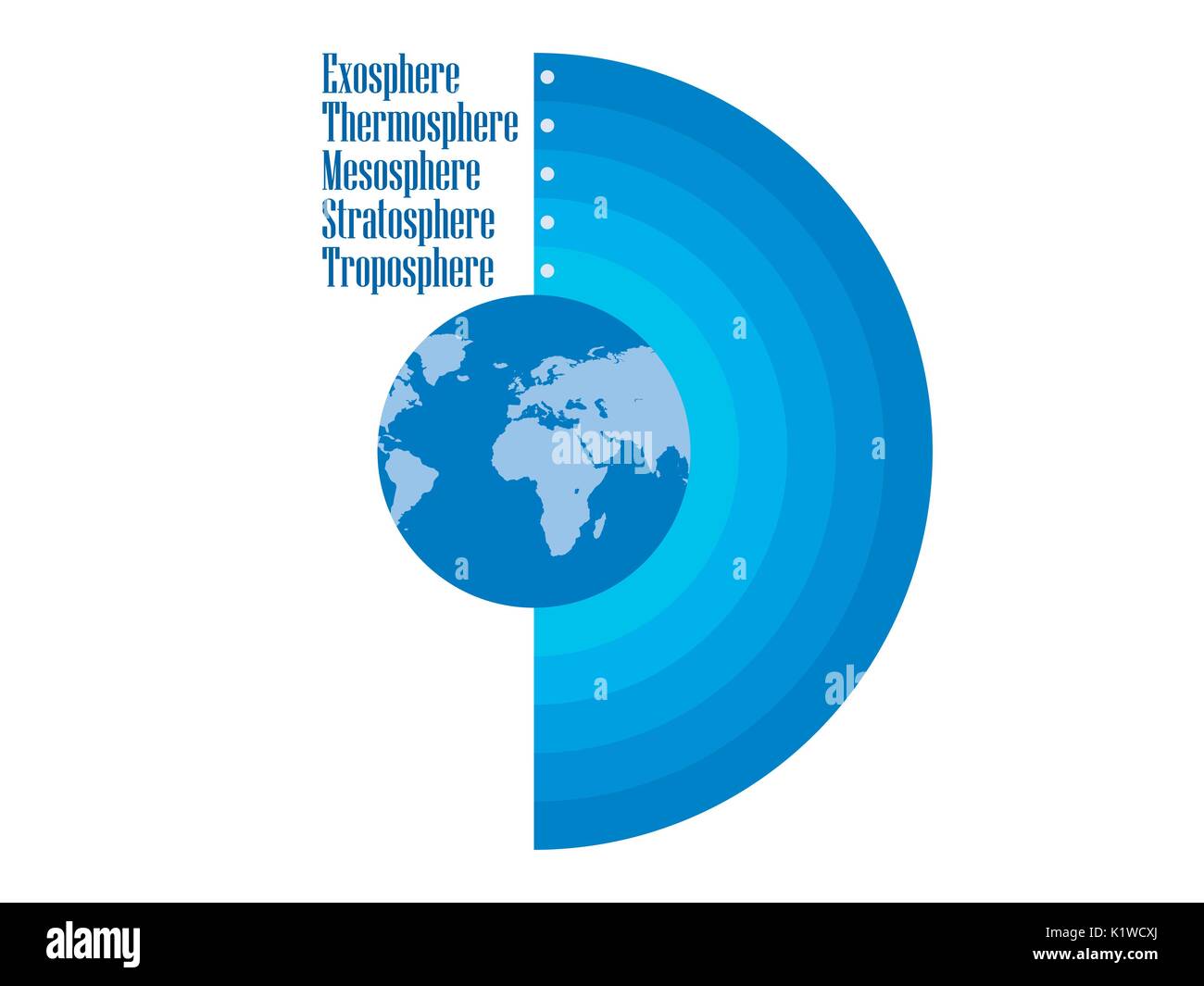


Earth Atmosphere Layers High Resolution Stock Photography And Images Alamy



Ionosphere Atmospheric Region Britannica



Atmospheric Layer Of Earth Layer Of Earth Atmosphere Playquiz2win



Earth S Atmosphere Layers Stock Vector Illustration Of Space Satellite



Earth S Atmosphere Components Structure Video Lesson Transcript Study Com


Layers Of The Atmosphere


Climate Science Investigations South Florida Energy The Driver Of Climate


Q Tbn And9gct Dth8jb Xgjeta Saw3uagti9t9dm6klgmr53xinimgncf Usqp Cau



Layers Of Earth S Atmosphere Ucar Center For Science Education



Atmosphere Wikipedia



Ged Science Test Earth S Atmosphere Dummies



Low Earth Orbit Troposphere And Stratosphere



Atmosphere Of Earth Layers Of Earth S Atmosphere Education Poster Royalty Free Cliparts Vectors And Stock Illustration Image


Earth S Atmospheric Layers Nasa



Earths Atmosphere Layers



Earth Atmosphere Layers Infographic Illustration Royalty Free Cliparts Vectors And Stock Illustration Image



The Layers Of Atmosphere Air And Atmosphere What Is Atmosphere Earth 5 Layers Youtube


Graphic Of The Upper Atmosphere Nasa


The Seven Layers Of The Earth S Atmosphere


コメント
コメントを投稿